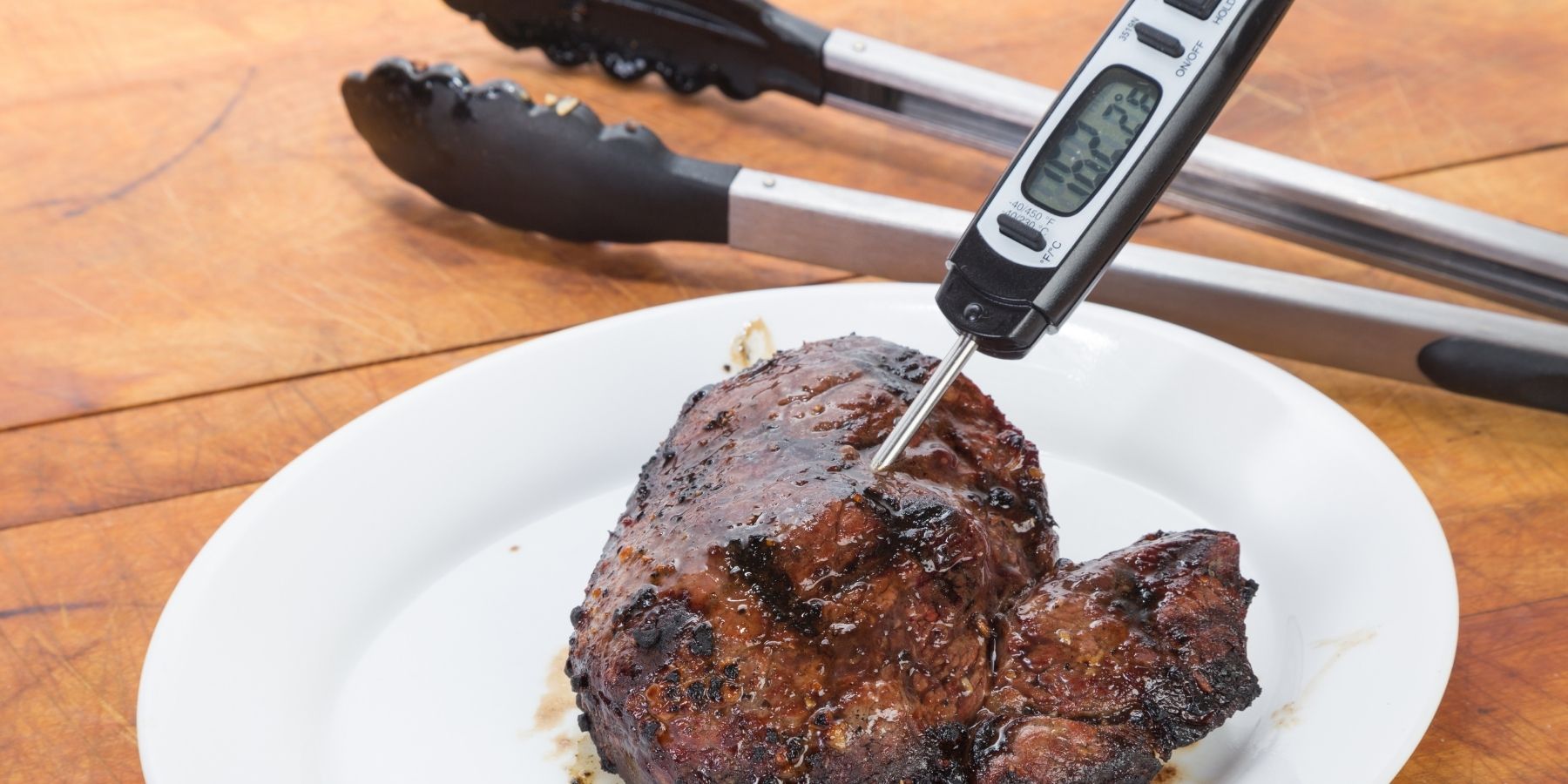In the culinary world, precision is key, and a digital cooking thermometer is a vital tool for achieving this. Whether you’re a professional chef or a home cook, understanding how a digital cooking thermometer works can help you ensure your dishes are cooked perfectly every time. This article will break down the functioning of a digital cooking thermometer in simple terms.
Understanding the Basics
A digital cooking thermometer is a device used to measure the temperature of food. Unlike traditional thermometers that use mercury or alcohol, digital thermometers use electronic sensors to determine temperature. This allows for more accurate and quicker readings.
Components of a Digital Cooking Thermometer
1. Temperature Sensor
The most crucial part of a digital cooking thermometer is the temperature sensor. This is usually a thermistor or a thermocouple.
Thermistor: A thermistor changes its electrical resistance with temperature. As the temperature of the food changes, so does the resistance in the thermistor. The thermometer’s circuitry converts this resistance change into a temperature reading.
Thermocouple: A thermocouple uses two different metals joined at one end. When the joined end (the probe) is heated or cooled, it creates a temperature-dependent voltage, which is then converted into a temperature reading.
2. Digital Display
The digital display shows the temperature reading. It’s easy to read and often provides more precise readings than a dial or analog display.
3. Circuitry and Battery
The internal circuitry processes the signal from the sensor and converts it into a readable format on the digital display. The device is powered by a battery, making it portable and convenient to use.
How It Measures Temperature
When you insert the probe of the digital thermometer into your food, the sensor at the tip of the probe starts measuring the temperature. The temperature causes a change in electrical resistance (thermistor) or voltage (thermocouple), which is then detected by the thermometer’s circuitry. This change is converted into a temperature reading, which is displayed on the screen in either Fahrenheit or Celsius.
Advantages of Using a Digital Cooking Thermometer
1. Accuracy
Digital thermometers provide more accurate readings than traditional analog thermometers. This accuracy is crucial for cooking meats to the desired level of doneness and ensuring food safety.
2. Speed
Digital thermometers give a quick reading, usually within seconds. This speed is beneficial in a cooking environment where timing is essential.
3. Convenience
With features like instant reading, backlit displays, and easy-to-read screens, digital cooking thermometers are user-friendly and convenient for any cooking scenario.
4. Versatility
Digital thermometers can be used for a variety of cooking methods, including baking, grilling, and frying.
Maintenance and Care
To ensure your digital cooking thermometer remains accurate and functional:
Clean the Probe: Always clean the probe after each use. Be careful not to immerse the electronic parts in water.
Store Properly: Store the thermometer in a safe place where it won’t get damaged.
Check Battery: Replace the battery as needed to ensure it’s always ready for use.
Common Uses in Cooking
Meat Cooking: To ensure meats are cooked to the proper temperature for safety and preference.
Candy Making: Precise temperature control is crucial in candy making.
Baking: To check the doneness of bread, cakes, and other baked goods.
Conclusion
A digital cooking thermometer is an indispensable tool in the kitchen. Providing quick, accurate, and easy-to-read temperature measurements, it takes the guesswork out of cooking and ensures that food is cooked perfectly every time.
Whether you’re grilling steaks, baking bread, or making candy, a digital cooking thermometer can help you achieve the best results.
If you found this article useful, you might also be interested in – How To Use A Meat Thermometer Properly, to learn more information.

